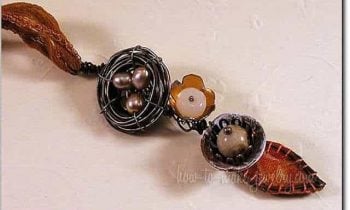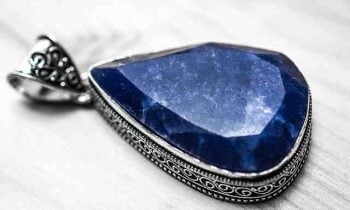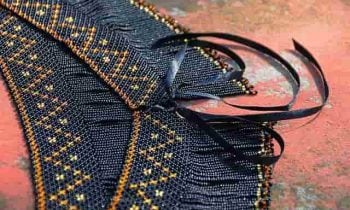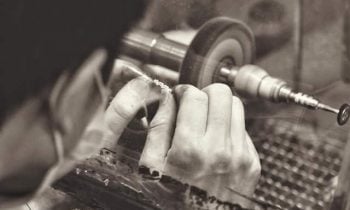Designing jewelry is just as hard, if not harder, than making jewelry itself. Some people just have an innate idea of what will look appealing while some have to develop an eye for it. One way to get design inspiration is to look at what other designers have been doing. You can also do what many craft enthusiasts do and scour Pinterest and Etsy for ideas. But to develop this ‘eye for design’, you can also learn its basic elements.
Balance
Balance pertains to the distribution of visual elements such as color, texture and space. There are three different types of balance: (a) symmetrical (even balance), (b) asymmetrical (uneven balance) and (c) radial balance (designs arranged around a central point).
Visual symmetry can lend a sense of order in your designs while radial balance and asymmetry make for visually interesting designs that catch the eye.
Emphasis
The element of emphasis refers to the central point of a jewelry’s design which catch the viewer’s attention. This can be achieved by contrasting the center piece against other visual elements in your design. Isolation also works well in putting emphasis on a visual element even if it’s not centered.
Movement
Movement is another design element you should keep in mind when designing your jewelry pieces. It refers to the path the human eye follows when looking at a particular piece of jewelry. Movement can be controlled by arranging visual elements in a certain order usually through repetition, rhythm and action.
Proportion
Proportion pertains to the feeling of unity created when all the elements in a jewelry design relates to each other well. It is also about the relationship of one part of the design to the whole. Proportion can also be used to achieve the other elements of design such as in emphasis and achieving certain types of balance.
Designers recommend achieving good proportion in jewelry designs by grouping similar elements together. Make sure that the focal element of your design is proportional to the entirety of your piece.
Contrast
Contrast is achieved through putting together visual elements that clash with each other. This contrast then creates visual interest and draws the viewer’s eyes to it. You can get good contrast by using complementary colors together, using different directions in beading or putting extremely dark colors next to light colors.
Unity
This next element of design pertains to how other elements work together in a piece. Designers consider it a measure of how well elements seem to fit with each other visually. Unity in design may be achieved through using a scheme of colors, texture or materials to make a jewelry piece. Unity is also that feeling of harmony among all parts of the artwork thus creating a sense of completeness.
Harmony
Similar to unity, harmony pertains to the overall connectedness of all elements in a certain jewelry design. Harmony is attained by a design when it gives the viewer the feeling of effortlessness and an uncomplicated appeal to the design.
Improve your artistic eye and thus your jewelry designs as well by learning how to spot and use various design elements. You may not be born with a design instinct but you can definitely develop it along the way.

 Common jewelry making mistakes beginners make and how to avoid them
Common jewelry making mistakes beginners make and how to avoid them DIY Birthstone Jewelry
DIY Birthstone Jewelry 5 must learn basic beading stitches for beginners
5 must learn basic beading stitches for beginners 6 essential tools you’ll need as a jewelry-making beginner
6 essential tools you’ll need as a jewelry-making beginner